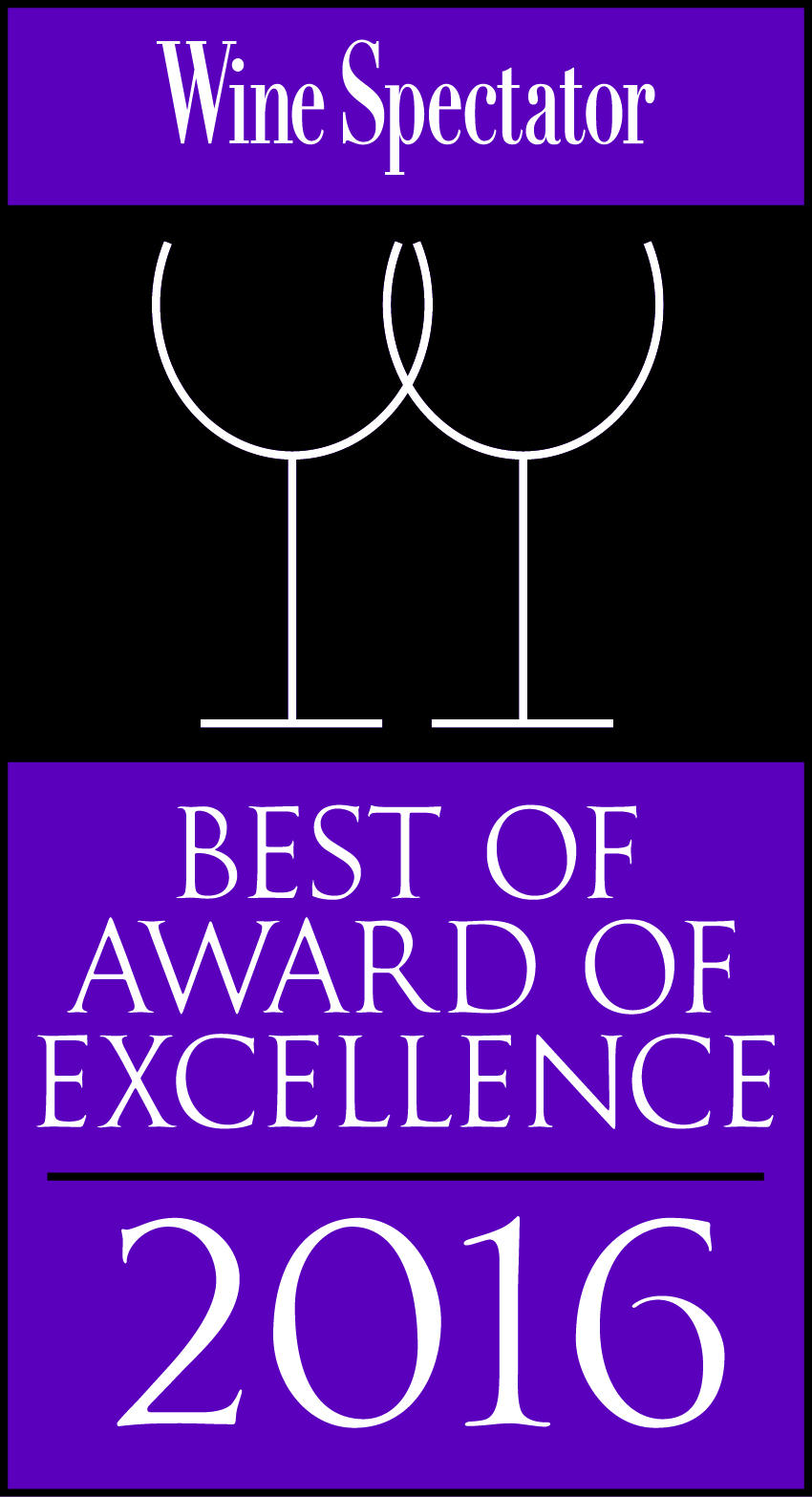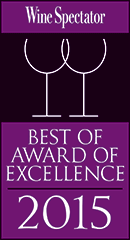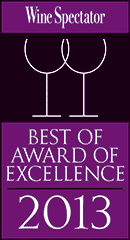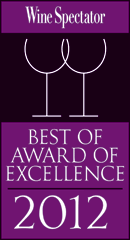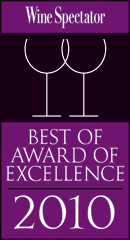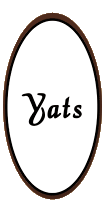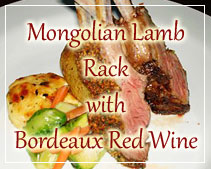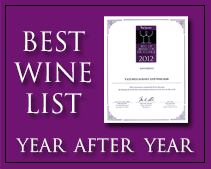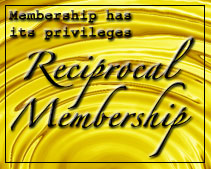An introduction to Sweet wine and Dessert wine
December 25, 2010
About Dessert Sweet Wine
Best wine supplier in Philippines discusses wine related topics
I sat on the embankment of the Vienne, on the right bank to be precise, facing upriver. The air was still warm, as it had been all day, although the river brought a little cool air with it as it flowed, through Chinon, on its slow and lazy journey to the Atlantic. It was now 10 o’clock in the evening; it was quite dark, and yet the town was no less busy than it had been all day. What light there was glowed from the streetlamps overhead, and from the string of hotels and bars just a few yards across the street. Relaxed, with drink in hand, I reflected on the past few days.
It had certainly been a productive and exciting trip. A visit to Couly-Dutheil, tasting (and purchasing) wines from the Clos de l’Echo vineyard, followed by further tastings at Clos l’Abbaye and Audebert et Fils, two of the better estates of the many that are peppered around Bourgueil, comprising the Bourgueil and St-Nicolas de Bourgueil appellations. The preceding day I had been tasting in Saumur, taking in Filliatreau and Chateau de Villeneuve, each bringing out some superlative Saumur-Champigny; these impressive red wines of great freshness and flavour from what might be regarded as a ‘lesser’ appellation. Tomorrow I was to strike out for the Sancerrois, where I had an appointment with Domaine Vacheron, at that time my favourite estate in Sancerre.
There was something missing from that visit, back in 1993, although at that time I could not see it. And it was, sadly, several years before my blindfold was removed. Nowadays I would never dream of journeying through the Loire without visiting and tasting in Vouvray and Coteaux du Layon, especially the crus Quarts du Chaume and Bonnezeaux; for the sweet wines produced in these appellations are the real stars of the Loire Valley, greater than any Saumur or Sancerre produced further along the banks of the Loire.
Although the Loire vignerons enjoy great success producing world-class sweet wines from Chenin Blanc, sometimes with the help of Botrytis (the fungus behind Noble Rot) this is just one grape, and just one method of producing sweet wine. Look beyond the Loire, and beyond France’s borders, and you find a myriad of different sweet wine styles, using many different grapes, and with subtle – or sometimes not so subtle – differences in how the high sugar concentration, obviously an essential feature of these wines, is obtained. In this series of special features I’m going to take a look behind the scenes of the sweet wine styles of the world, getting to grips with the methods these winemakers use. It’s a worthwhile investigation; many sweet wines are very labour-intensive to produce, depend on the occurrence of certain local climactic conditions, or on manipulation of the whole crop in a drying house, or an enforced cessation of fermentation. Or they may require a nail-biting delay in harvest until October or November, or picking may even be delayed until the depths of winter, the workers plucking frozen berries from the vine, sometimes in the following January. This is not winemaking for the faint-hearted.
All sweet wines have a high sugar concentration, and whereas this might be achieved by adding sugar to the wine during or after fermentation, this is not the road that leads to a great wine. The high sugar concentration in the world’s best sweet wines is achieved, broadly, by one of two methods. Firstly, dehydration; a reduction in grape water content, thereby increasing the ratio of sugar to water, thus producing very sweet berries. The principle methods of dehydration are as follows:
• Noble Rot. This fungus punctures the skin of the grapes, allowing water to escape.
• Late Harvest. Allowing berries to gradually dehydrate on the vine.
• Eiswein. The ultimate late harvest; but freezing allows more water to be removed.
• Dried Grapes. The Italian way; dehydration after harvest.
Key points
Sweet wines are a trying labour of love for the vigneron
They are the finest examples of some grapes and terroirs
They are produced by either dehydration or mutage
Although some think them unfashionable, they deserve a place in any serious cellar
Secondly, in grapes where sugar content is normal, more of this sugar may be preserved in the wine, rather than converted to alcohol. This is achieved by killing the fermenting yeasts, thus arresting the fermentation, with the addition of spirit. Sweet wines produced by adding spirit to the fermenting must, a process known as mutage, are also commonly referred to as fortified wines, the reason being that the added spirit often results in higher alcohol levels, typically about 20% ABV, than would otherwise be achieved. It is an important process responsible for some excellent wines in a number of appellations around the Mediterranean, such as Banyuls and Rivesaltes (where they are known as vin doux naturel), although by far the most widely known and appreciated example is Port.
Over the coming weeks I’ll be looking at all these styles and getting to grips with the trials that face the winemaker who sets out to produce a sweet wine. This feature series examines, with more detail in coming weeks, the different styles of sweet wines that exist, looking in detail at the processes involved in transforming a handful of grapes into a sugary nectar. If this encourages just one more visitor to the Loire to stop off in Vouvray or Layon as they travel up the river, it will all be worthwhile. (24/8/05)
Source: http://www.thewinedoctor.com/author/sweet.shtml
Are these articles useful for enhancing your wine and dine experience in the Philippines. Do they also help you with travel, leisure, vacation, dining out, nightlife and other leisure activities plans in Manila and other major cities of Philippines? Yats Restaurant hopes to provide you with ample information so you can plan your trips to Pampanga Angeles City Clark Freeport Zone whether you are travelling from Manila or other Asian countries such as Hong Kong, Shanghai, Singapore, Malaysia or Korea.
Restaurant reservations in Manila Philippines, planning of menu, selection of wine for dinner and booking a private function and event in Angeles City Clark Freeport Zone can all be handled. Yats Restaurant and Wine Bar has been regarded by many to be the premier restaurant north of Manila Philippines. Its 3000-line award-winning restaurant wine list has kept many wine lovers happy dining in this restaurant in Angeles City Clark Philippines for over a decade.
Yats Restaurant and Wine Bar was built by Hong Kong-based Yats International in 2000 to provide a world-class cozy fine dining restaurant, business meeting facilities and venues for private dinners and functions in Pampanga Angeles City Clark Freeport Zone. Pampanga Angeles City Clark Philippines was selected for this restaurant because of safety, clean air, absence of traffic and proximity to Manila and Subic.
For comments, inquiries and reservations, email Restaurant@Yats-International.com or call these numbers:
(045) 599-5600 0922-870-5178 0917-520-4401
Http://www.YatsRestaurant.com
Getting to this fine dining restaurant of Angeles City Clark Freeport Zone Pampanga Philippines
How to get to this fine-dining restaurant in Clark Philippines? Once you get to Clark Freeport, go straight until you hit Mimosa. After you enter Mimosa, stay on the left on Mimosa Drive, go past the Holiday Inn and Yats Restaurant (green top, independent 1-storey structure) is on your left. Just past the Yats Restaurant is the London Pub.
Restaurant waiters and servers aspiring to become good sommeliers in Philippines strive to earn a spot to train at the best wine restaurant in Philippines. Yats Restaurant and Wine Bar is well regarded by restaurants in Manila and Pampanga to be the best place to train to become a wine steward or sommelier. Yats is the only restaurant in the Philippines to earn the prestigious Best of Awards of Excellence for offering one of the best restaurant wine lists in the world.
